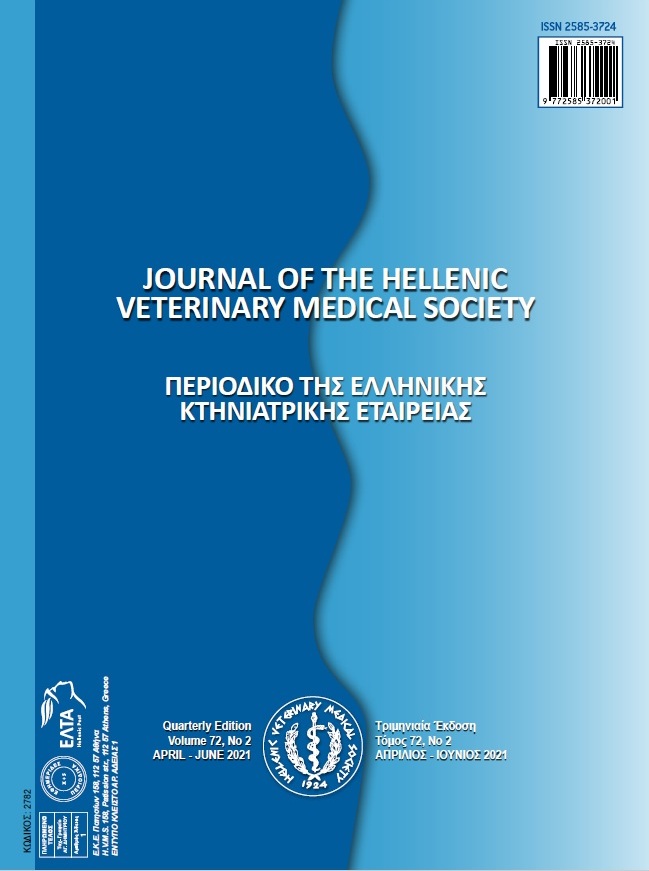Microbiological evaluation of ready-to-eat foods by conventional methods and MALDI-TOF MS

Abstract
The consumption of ready-to-eat foods in daily life is increasing rapidly. Food poisoning occurs as a result of the preparation and preservation of these foods under inappropriate hygienic conditions. There is also an increased risk of getting food poisoning during the summer heat. The purpose of this study was to evaluate the microbiological properties of ready-to-eat foods by conventional methods and investigate the applicability of using matrix-assisted laser desorption ionization time of flight mass spectrometry (MALDI-TOF MS) for the identification of microorganisms in the bacteria isolates from these foods. Eighteen ready-to-eat food samples (tomato soup-G1, lentil soup-G2, tarhana soup-G3, yogurt soup-G4, ezo gelin soup-G5, chicken stew-G6, eggplant ragout-G7, green beans with meat-G8, bulgur pilaf-G9, rice pilaf-G10, macaroni-G11, rice pudding-G12, raspberry fruit dessert-G13, tomato salad G14, cucumber salad-G15, lettuce-G16, shepherd’s salad-G17, and yogurt-G18) on sale in restaurants in Ankara-Turkey were evaluated. For this evaluation, the samples were analyzed in terms of staphylococcal enterotoxin (SET-RPLA), Bacillus cereus (EN ISO 7932), Salmonella spp. (EN ISO 6579-1), Listeria monocytogenes (EN ISO 11290-1) and Escherichia coli (ISO 16649-2) using conventional microbiological methods. The use of MALDI-TOF MS for the identification of bacteria isolates was also evaluated in this study. Only bulgur pilaf-G9, raspberry fruit dessert-G13, and lettuce-G16 samples exhibited microbial growth on agar plates. Klebsiella pneumoniae was detected following the identification of the suspected Salmonella spp. in the bulgur pilaf-G9 sample. B. cereus (50 cfu /g) and E. coli (80 cfu /g) were detected in raspberry fruit dessert-G13 and lettuce-G16, respectively. These bacteria, which were isolated and identified by conventional methods were also rapidly confirmed by MALDI-TOF. In conclusion, these sampled foods, which were available for public consumption, met the general hygiene criteria. Therefore, the foods complied with the Turkish national legislation. The MALDI-TOF MS method has advantages over conventional methods employed in the microbiological evaluation of these foods, in terms of shorter application time, rapidity, and greater simplicity in identifying the causes of poisoning and causative agents involved in food poisoning.
Article Details
- How to Cite
-
KAYNAR MURSALOĞLU, P., & NUMANOĞLU ÇEVIK, Y. (2021). Microbiological evaluation of ready-to-eat foods by conventional methods and MALDI-TOF MS. Journal of the Hellenic Veterinary Medical Society, 72(2), 2825–2832. https://doi.org/10.12681/jhvms.27518
- Issue
- Vol. 72 No. 2 (2021)
- Section
- Research Articles

This work is licensed under a Creative Commons Attribution-NonCommercial 4.0 International License.
Authors who publish with this journal agree to the following terms:
· Authors retain copyright and grant the journal right of first publication with the work simultaneously licensed under a Creative Commons Attribution Non-Commercial License that allows others to share the work with an acknowledgement of the work's authorship and initial publication in this journal.
· Authors are able to enter into separate, additional contractual arrangements for the non-exclusive distribution of the journal's published version of the work (e.g. post it to an institutional repository or publish it in a book), with an acknowledgement of its initial publication in this journal.
· Authors are permitted and encouraged to post their work online (preferably in institutional repositories or on their website) prior to and during the submission process, as it can lead to productive exchanges, as well as earlier and greater citation of published work.


